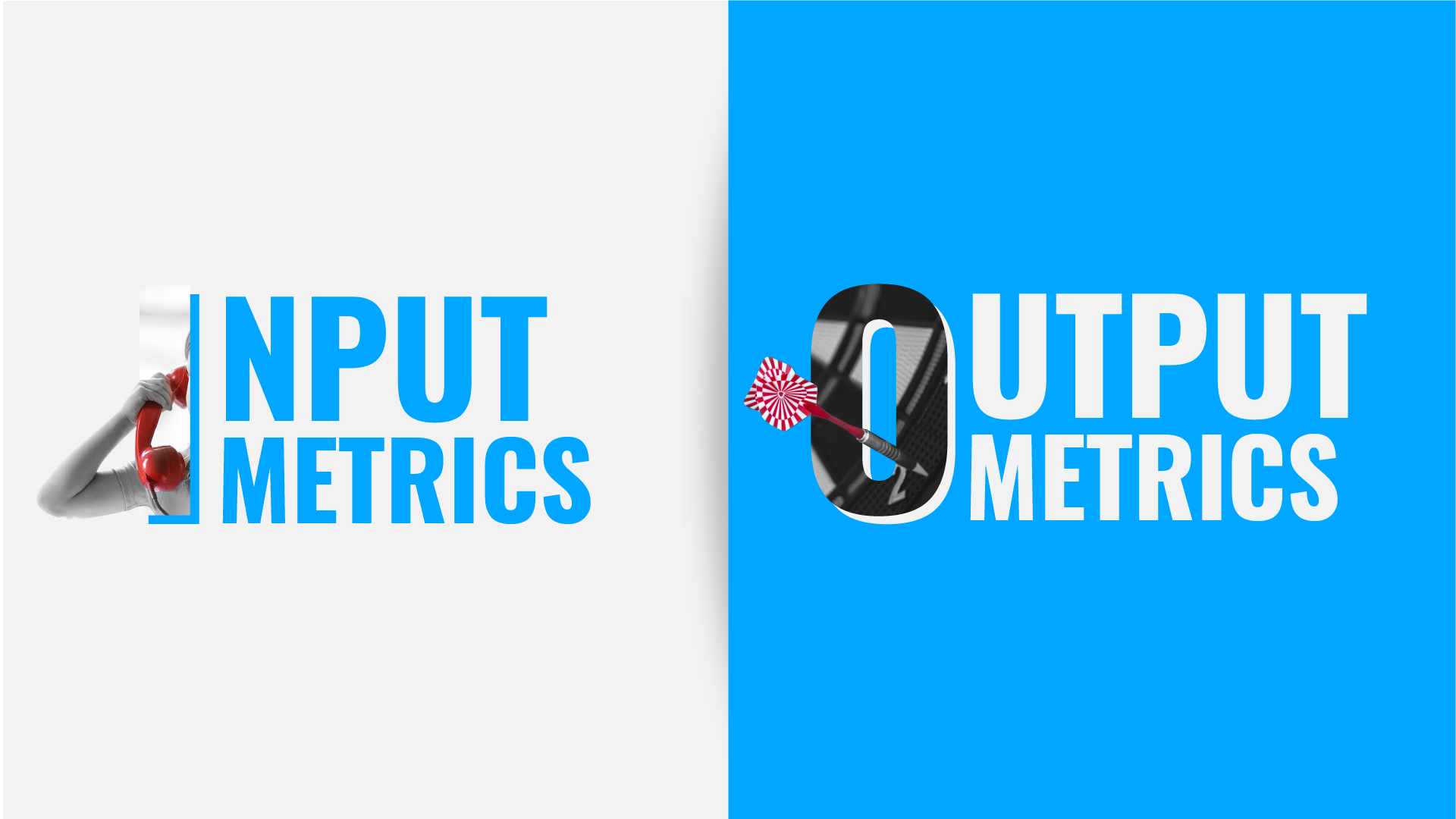We here at DeepSky have been mirroring Fred Wilson‘s (from A VC) MBA Monday posts covering the 3 most common financial statements for a few weeks now. These are great information for any business owners out there because even if you choose to have someone else handle your accounting, you will need to have a basic understanding of the financial statements to review and know how your business is doing financially.
Today, Fred is talking about the Cash flow Statement – how it works and why is it important. My biggest takeaway from this post is the following: So why would anyone want to do the cash flow statement the long way if you can simply compare cash at the start of the year and the end of the year?
The answer is that doing a full-blown cash flow statement tells you a lot about where you are consuming or producing cash. And you can use that information to do something about it.
Why you need a cash flow statement
Identify potential issue
If your cash flow is weak because your accounts receivable are way too high. You can hire a dedicated collections person. You can start cutting off customers who are paying you too late. Or you can do a combination of both. Bringing down accounts receivable is a great way to improve a business’s cash flow.
Or maybe you are paying your bills much more quickly than you did when you started the business and had no cash. You might instruct your accounting team to slow down bill payment a bit and bring it back in line with prior practices. That could help produce better cash flow.
Borrow money from the bank
Let’s say you are spending a boatload on hardware to ramp up your web service’s capacity. And it is bringing your cash flow down. If you are profitable or have good financial backers, you can go to a bank and borrow against those servers. Or you can use credit card to release pressure if you know how to use it wisely. The question is credit or debit.
Save money
You can match non-current assets to long-term liabilities so that together they don’t impact the cash flow of your business. With that said, if your current liabilities went down over the past year by $500k. That’s a $500k reduction in your cash flow.
These are great examples of the things that you can do with the information provided to you by the Cash flow Statement.
I’ve worked with countless clients who demand a Cash flow Statement to be produced but do nothing with it. Always remember that financial statements are produced to provide you with valuable business information that you can act upon, make important decisions or adjust your strategy on. If you’ve been doing this and need to get to the next level — You need not only monitor but also forecast the risk and opportunity.
Don’t just file it away in a binder on your shelf and forget about it. My favorite line is: “I’ll just have it in case of an audit.” <– financial statements are so much more than that.


